The Art of Glass -Bobby Sharp Glassworks Interview By: Rob Smittix
By Staff on March 29, 2024
Interview: Bobby Sharp (Bobby Sharp Glassworks)
By: Rob Smittix (RadioRadioX)
RRX: Alright, so talking to Bobby Sharp right now from Bobby Sharp Glassworks and I just wanted to give you a ring and see what you’re all about. So what does it take to be a glass works specialist or whatever the proper term is?
BS: We’re up in Oneonta. I grew up in Upstate New York, right in this area and I started as an artist. I started doing high-end furniture for multi-million dollar estates. That’s where I started getting involved with glass, steel, and exotic woods from South America Purple Heart.
I started in that direction where it got me affiliated because I wanted to do casting for glass. So I took shards of glass, pieces of glass and I put them in a mold and then I would use them for a tabletop with my exotic furniture that I did. As I applied myself and I went in direction, I was a fan of Jimi Hendrix. I wanted to do a sculpture of him and there was a gentleman who owned Mann Media, Yellow Pages in the Woodstock area. And so he said, create something for me. So I hired this talented artist named Art Reed, up in Andes, New York. He was a master glass blower. This was before I got involved with the hot shop business but I hired him to do rondels. They’re like hand-blown disks. They were blown out, like 22 inches and I took an image of Hendrix, 18 inches by 18 inches, a really good sharp resolution print. I didn’t wanna copy the traditional way of artists because they do things on canvas. So I painted on glass, it was clear glass. I came up with an idea that was original and I cut up pieces of shards of glass like a mosaic, intricate pieces and then I laid them out on the image and I tried to push them very close together. So it would be quite tight and then I took a very thin marker, so it would not distort the image.
Then I would pick up one piece and I would draw within that diameter and I would paint exactly that image perfectly. Then I would set the glass back down and I would pick up the next piece, etcetera. And then there’s a mold process, I studied. You know? It gets complicated because there was a company that made Harley Davidson parts. It’s called Ejecting Molding. And there was a company called Mold-A-Matic up in Oneonta that made these parts for the motorcycles. How they do it… it’s a mill finish, it’s called mirrored finish, stainless steel.
But there are different types of mill finish the higher the buff, it slips out. I was working with acrylic plastics. I work on a formula with a professor at Oneonta State. He was the chair for chemistry. So I created a formula of plastic and I had the machinery to take out bubbles and stuff like that. That’s how I created Hendrix. I would put it in a vacuum, it would suck the bubbles and the pressure would curate, so the plastic would not be yellow. That was a concern of mine and with pressure it stays like plexiglass. It’s clear and I was doing them in pours, quarter-inch pours. Then I took the painting after the piece was finished and then I would embed it into the plastic with shards of glass.
I did about three inches, about two and a quarter, three inches thick. And then I hired a very famous photographer. He was local, his name was Richard Walker. He photographs for the cover of the Smithsonian Institution. He told me that he had a four-by-five camera, which stores more information. Because I wanted the photography to go all the way into the glass, all the way in and there was a mirror on the very bottom. When you would blow it up and make a big print of it, you could see all those beautiful colors and then the shards of Jimi Hendrix. As I created that, the guy says he’d pay me thousands to do the whole series of Woodstock 1969.
I want you to do all the celebrities. So I did Janice, I did Joe Cocker. I had an idea, I didn’t really let him know because he was trying to control me. He didn’t want me to photograph it. He didn’t want me to promote it. He said he had some idea but I did it. I talked to my attorney, Mark Levy was the patent attorney and he said it was okay and contacted Jimi Hendrix Estates. I was introduced to the photographer who photographed Jimi. His name was Baron Wolman. He was the first chief photographer for the Rolling Stone Magazine. He’s like, what are you doing? He said, you could get in trouble for this. I said, I know but I’m contacting you so I don’t get in trouble. You know? He let me have it but then he said, let me see your work.
So I sent the pictures and he says you’re one hell of a talented guy. I’ll sign a contract with you. We need to come up with a contract because this is how you get into Rock and Roll Hall of Fame and Hard Rock Cafes. I’ve communicated with all of them. Hard Rock Cafe wanted to put it all over the country but that was before I had permission. I couldn’t do anything until I had the rights. It took time, it took years. I got the go-ahead from the Jimi Hendrix estates. I got the go-ahead from the photographer. I created another Jimi Hendrix that Baron Wolman photographed. So I just created another masterpiece. Then I created a work of art and started promoting it.
This is how I went into the doors because then I communicated with Joe Cocker. I had a problem with Elliot Landy. He’s a big photographer in Woodstock. He’s really not a nice guy and he wouldn’t give me permission to use the image until he saw I was doing business with Baron Wolman from Rolling Stone because he didn’t photograph for the Rolling Stone Magazine. Then the door opened and then he gave me permission. So you have to go through these celebrities, you have to communicate with the photographers that took the pictures of the artist to get permission from the photographer first. Then you go to the estates if you want to do t-shirts and prints, that type of thing.
That’s how I got involved with the hot shop business because I was paying quite a bit of money having other glass blowers like Ted Halstead. He was another glass blower, he passed many years ago. He was doing these rondels, these hand-blown disks, they’re like plates but they’re really big. Then I would cut them up and I’d put them in the plastic. Then I would create the Joe Cocker painting, it would be black and white and then the shards of glass would be like a cane, working beautiful colors. And then I would have that photographer because he had a kick-ass camera. I would do these massive prints of Janice Joplin, Dylan Hendrix, and Joe Cocker… I was working on Jerry Garcia after that.
So this is how I went into that type of business to open up a hot shop. Because I said, you know, hey, I’m gonna do this myself!
So then I started small, I had a partner who knew how to blow glass. I developed a small business. I got a small tank, a small furnace, everything small because in the hot shop business, you’ve gotta have real capital to make it.
I just focused on everything small. So it would be low expenses. I had a garage that used to be a tractor-trailer garage. I gutted it out and I put a hot shop in it and I slept in there to squeeze the money. I put the money into business and I just kept building a small, small website…
I started networking with the Beekman Boys which are up in Schenectady, Beekman 1802, you know? They joined with the Ultra Beauty and then I started doing decanters for them because I had ideas… because they were making soap. I said, hey, I could do some soap dishes. They loved my decanters and then they started to get involved with that and this is how it started.
I started doing beauty products for them, for their skin care products. I’ve done business with them for over 10 years. And then I met some people from England who wanted me to do some things for lighting and stuff like that. This is how I gradually started to go in that direction.
Then something else came up because you got all this molted glass. You say to yourself, what are you going to do with this? You know? Because you have to be creative, you have to think of something that’s going to sell and it’s going to feed you.
Being that, I live down the road from the Baseball Hall of Fame, I googled to see if anybody made a baseball bat out of glass. I didn’t see anybody doing it. I saw some wooden ones but they were really not looking like a bat. So when I was trying to figure out how to create the molded glass… because when you make a batch and you cook glass, you have to make it pure to make it so that the glass is clear.
So it took me time to figure it out and I would have bad days sometimes when the glass blowers would come up from Corning Glass because quite a few of them worked there part-time and they worked with me part-time. They came out here to work for me here at the studio and I said, you know, today we’re gonna work on baseball bats. Because the glass was not really clear, to make really beautiful glass, you want the glass to be clear. So I kept practicing and practicing. After many, many years… it took me about three years to get the winning bat.
After that, you make a blow mold and there’s a guy up in Andes, Art Reed from Sweetwater Glass. He was 40 years of production. Then he’s a mold master. He’s the best in the country. I hired him to create the baseball bat as a blow mold so it could speed up the production and get the cost down. I approached the National Baseball Hall of Fame and I met with Sean, he’s the vice president of merchandizing and licensing and he came to the studio. This is how it started and I just patented it two years ago, on November 1st and I’m just starting to go into that direction with Colorado Rockies and here I am.
RRX: That’s cool, man. Sounds like really cool projects. While you were talking, I was online, checking out some of the stuff. I’m on your website (bobbysharpglassworks.com), I saw some of the processes and the videos and everything. That’s an intricate process. The only time I’ve ever witnessed any glass blowing at all was at a hippie festival but they’re always just making pipes. But it doesn’t really look like that’s your core product or anything like that. You got some really cool things going on here!
BS: Yeah, that’s how I went about it when I went into the furniture. Then I started creating Hendrix. Then some guy commissioned me to do the series. I also went to Costa Rica. I lived in Costa Rica for several years and I went into the jungles and I studied the species.
I had this desire to create with plastics because being that I had my own formula to create these jungle countertops. So it’s like you’re going in the jungles. I could make the thickness of the plastic like a countertop. Then I came back to Oneonta and then I hired Ticas and Ticos in Costa Rica and I wired the money because they robbed the banks.
I sent cash through Western Union and I paid like $5 for the foliage and fillers. I paid like 350 they would go into the jungles to take these beautiful plants and put them in flower presses. But then they had a problem with the moisture because they were eating the plants. And I said this is what you do. I said Yoko Ono, what she does is she digs a hole into the ground. She puts the guitars in Ziploc bags, that would preserve them.
What they did is they dug holes and I taught them how to press the flowers. Then they would put them in Ziploc bags, put them under the ground and when they got enough of the blooms and the fillers, they would ship them overnight from Costa Rica to Oneonta.
I would build these exotic sculptures out of them. I had it photographed with that cool photographer with his four-by-five camera. I made beautiful prints and I sold the sculptures for $1200. I did the prints for $120 and I would sell thousands of them at shows and events.
RRX: That’s an awesome thing. What does it take to even become a glass blower? There’s a lot of technique. Is that something you have to go to school for or do you just gotta learn from others that are in the field?
BS: The great thing is that I have my own hot shop. Not too many people can afford that. There are a lot of skilled glass blowers but to get involved in this type of business, you have to have the equipment and the things that you need to figure everything out.
You’re talking half a million dollars, you gotta go to the bank. I had an investor when I started, I had backing behind me. But if you don’t have that, the banks don’t give money to artists. They’re not gonna do that. It’s like you have to have investors or you have to get some sort of capital. I had power behind me because I really was a businessman as well. You got to know the business. I also was in the gallery business for 10 years and there are a lot of very talented people, but it’s making money off of it is a skill in itself by itself.
RRX: Do you have any events or anything coming up?
BS: There’s a famous glass blower from the Corning Museum of Glass. He’s teaching March 30th from 10 am to 4 pm. He’s the team leader at Corning Museum of Glass and he is a Netflix star from the popular series Blown Away.
He’s going to be teaching Intro to glass blowing. If anybody would like to sign up, there are still available seats, just reach me through the website bobbysharpglassworks.com email bsharp@bobbysharpglassworks.
That’s this coming Saturday with George Kennard. You’ll be able to learn from a great master. That’s something that you could put on your resume.
Author
Staff
You may also like
Continue reading
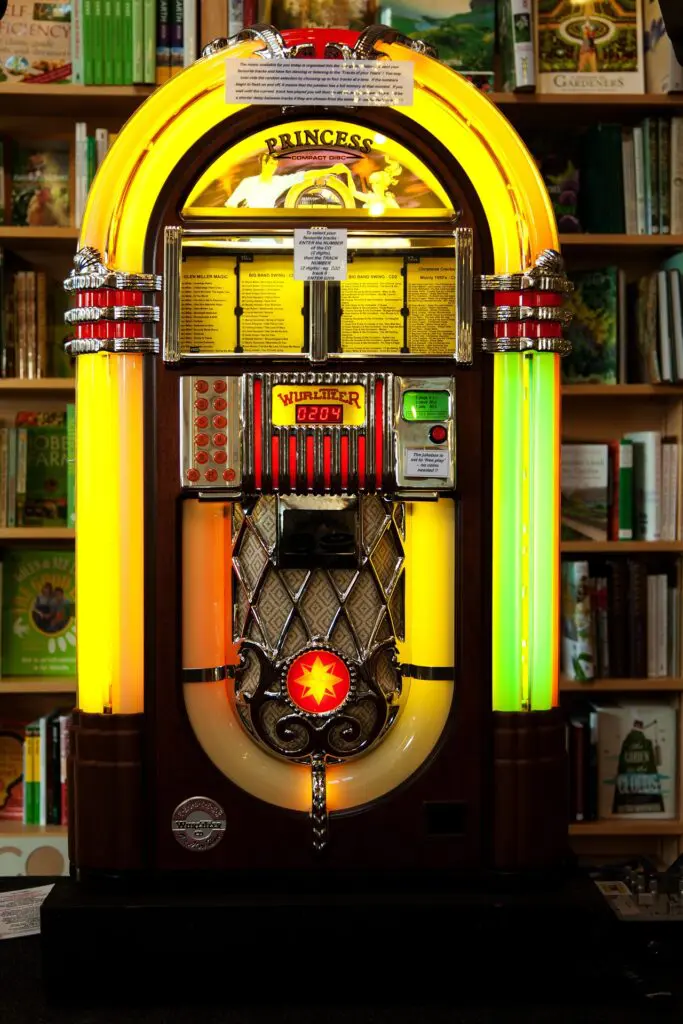


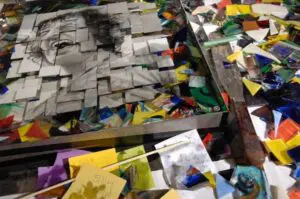


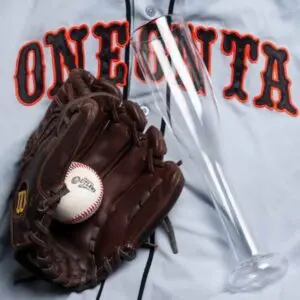
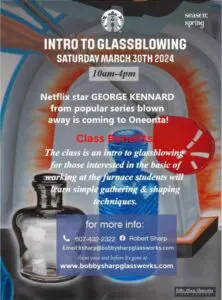

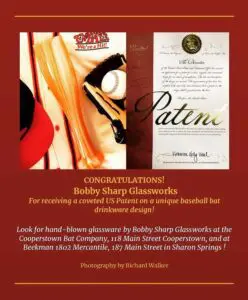
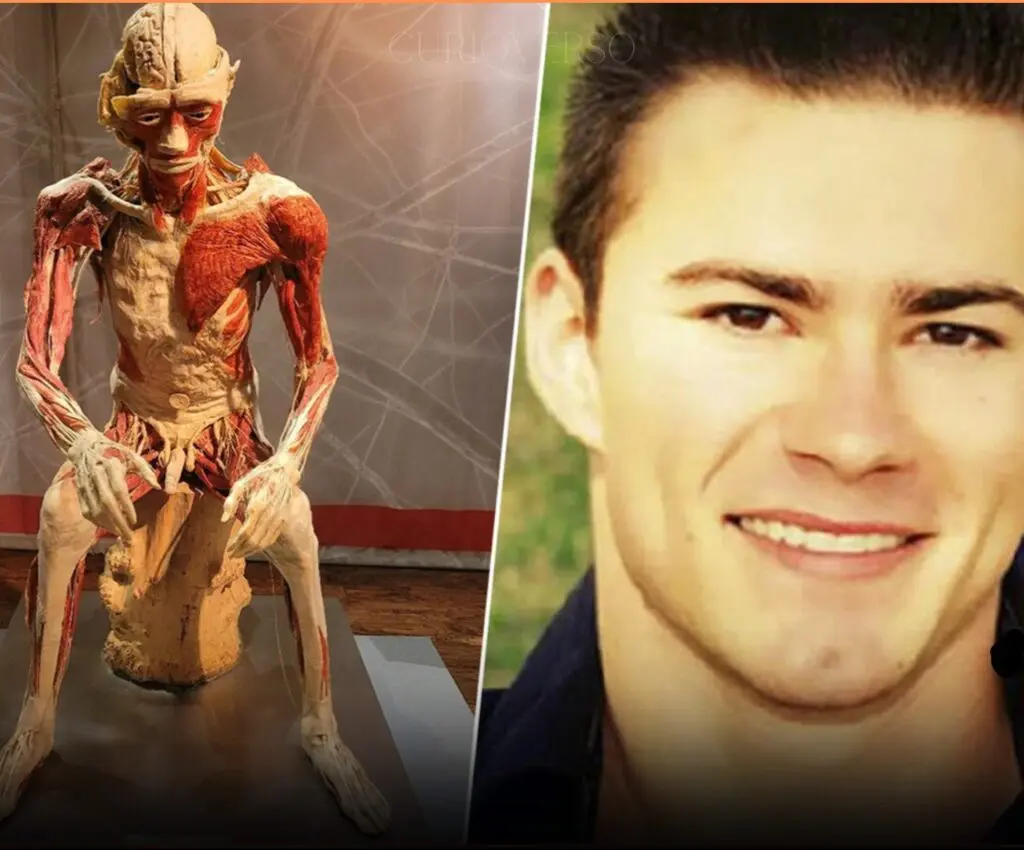



 RadioRadioX
RadioRadioX